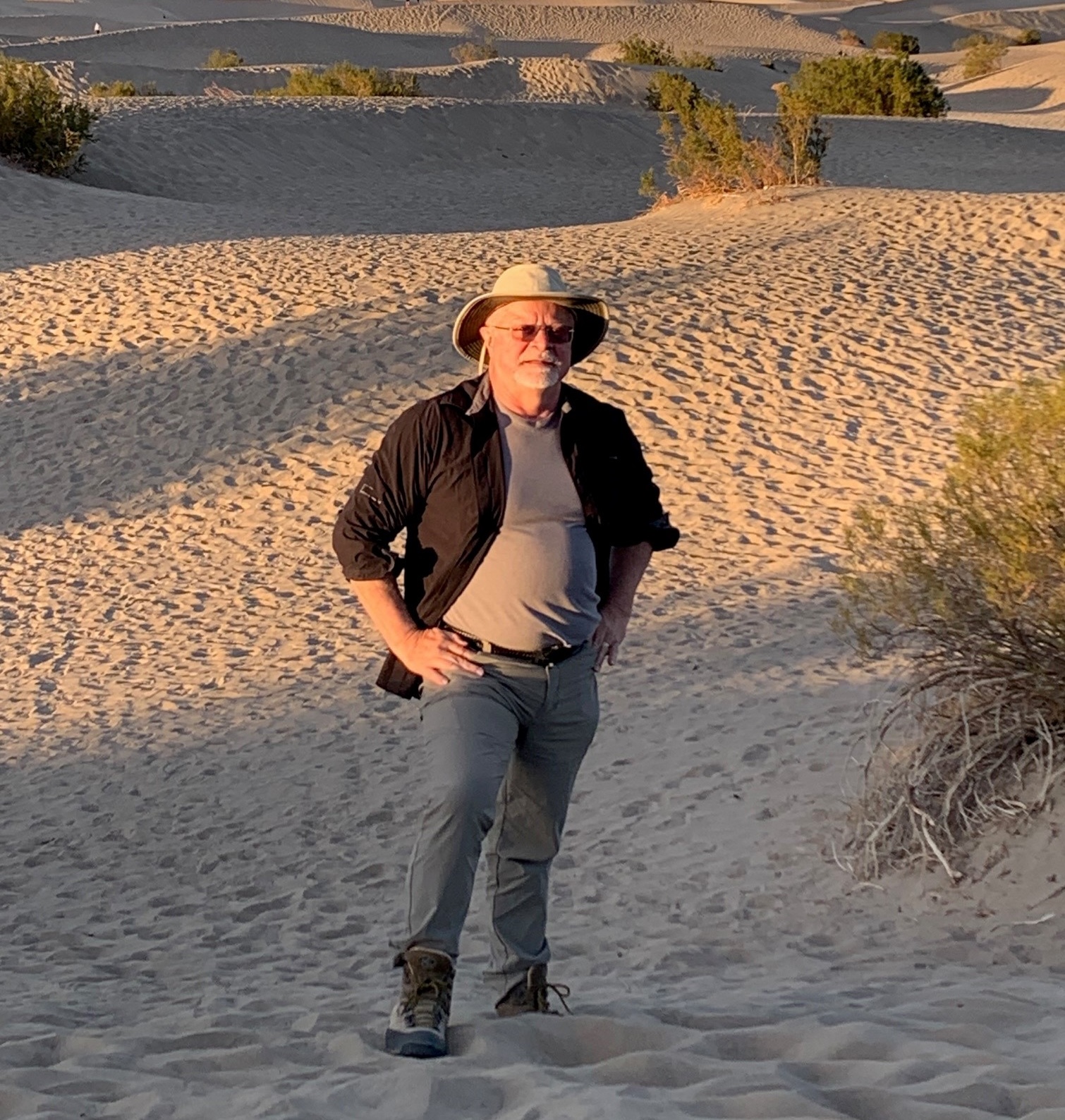Friday, February 7, 2025 at 10:30am CT
This seminar was not recorded. Slides may become available at a future date.

Speaker: Tim Grow, Geophysical Advisor, Hess Corporation
Host: Ian Norton
Title: Magmatic margins, ridge jumps and isochrons – a refined tectonic model of the Gulf of Mexico
Abstract: A newly refined and updated PaleoGIS spatial-tectonic model for opening the Gulf of Mexico (GOM) was developed based on reevaluation of geophysical datasets/findings from previous studies. It incorporates the counterclockwise rotation of the Mayan Block in the Jurassic (Pindell & Dewey, 1982; Pindell, 1985), plates that deform to permit spatial variations in crustal stretching and the hypothesis that the GOM is a backarc basin (Stern & Dickinson, 2010). Key findings are: (1) extensive areas of the northern GOM are floored by magmatic and/or oceanic crust; (2) a series of ridge jumps (common to back arc settings, Magni et al., 2021) facilitates opening; (3) the northern, southern and eastern margins of the GOM are magma rich, whereas the western transform margin is magma poor; (4) magnetic isochrons in the late Callovian and early Tithonian govern the reconstruction; and (5) the Chiapas Massif restores back to the Rio Grande embayment. The refined model implies that areas of the GOM floored with attenuated continental crust are much more restricted than most other models indicate, and that oceanic crust began forming in the northern GOM as early as the Toarcian (175 Ma). The oceanic domain is proximal to the Louisiana coastline. Apart from the western transform margin, the GOM continental margins are characterized by highly attenuated continental crust with significant addition of magmatic material emplaced during the final breakup prior to oceanic accretion. The model also suggests that the Mayan Block and Chiapas Massif were two distinct crustal blocks until the Toarcian (180 Ma). At that point they are coupled and slowly drifted south together until oceanic accretion ceased in the Tithonian (145 Ma).
